Get an Insider’s View During Southampton House Tour
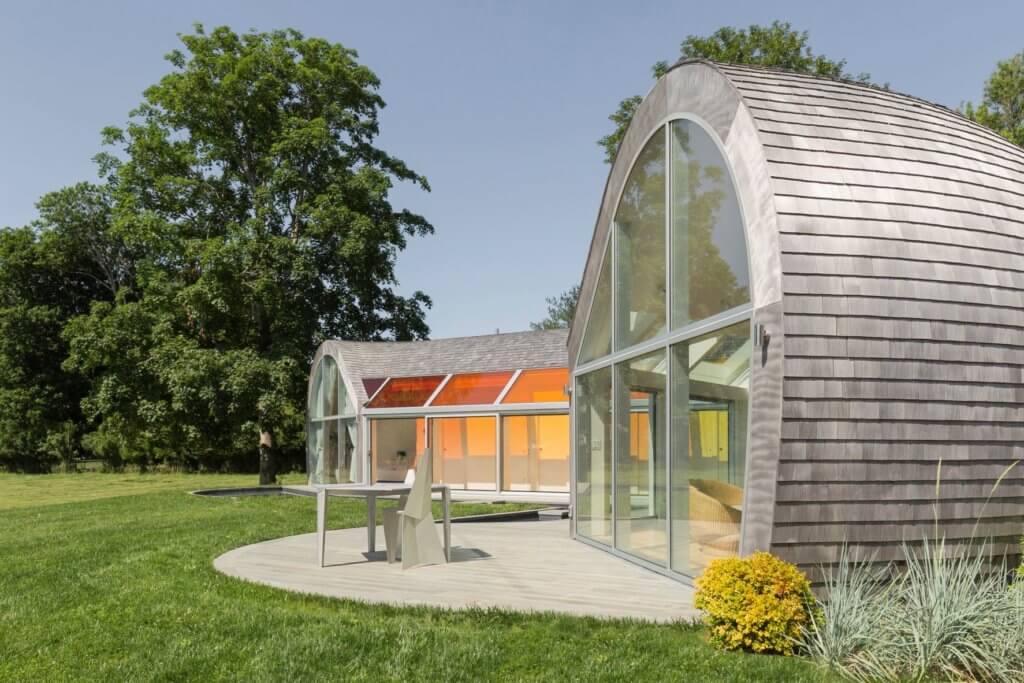
Go behind the hedges next weekend and get a look at some of the most distinguished homes and gardens in Southampton and Water Mill during a house tour to raise money for the Southampton History Museum.
Following the tour on Saturday, September 10, there will be a champagne reception sponsored by Southampton’s Sant Ambroeus restaurant on the grounds of the Rogers Mansion.
“This annual benefit, besides being a lot of fun, enables the museum to continue its free education programs and maintain our many historic buildings,” says Tom Edmonds, the executive director of the Southampton History Museum. “The spectacular homes on the tour this year range from historic to ultra-modern and reflect Southampton’s leadership architecture and interior design.”
Homes on the Southampton House Tour
Homes on the tour include “Cocoon House,” a modern home with rounded, shell-like architectural forms designed by Nina Edwards Anker, which stands out from its neighboring traditional homes that were built more than 100 years ago. It sits on a property that was once part of a larger estate designed by Stanford White, one of the most famous architects during the Gilded Age known for his shingle-style architecture.
While Cocoon House is shingled, it has an inventive design. Thick walls on the west and north sides retain heat in the winter, while the south and east sides of the home welcome natural light and the cool ocean breeze, according to the hour tour information. “Colorful skylights, a long reflecting pool, and a lush setting tucked away from the road all add to the dynamic and sophisticated setting.”
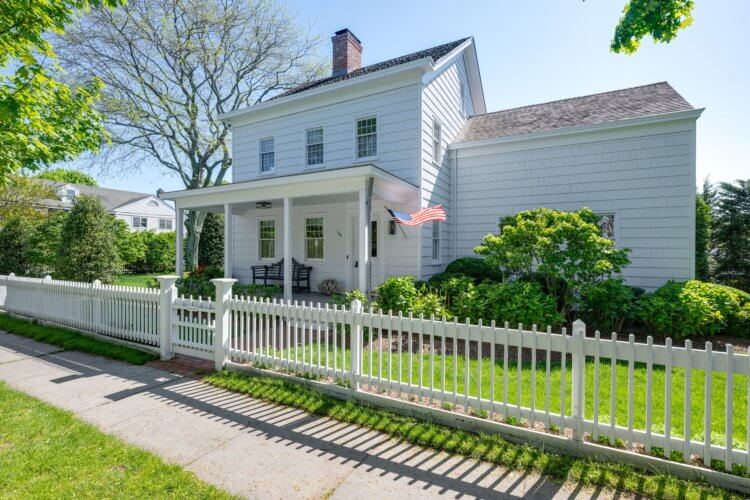
Next up on the tour is the historic Captain George White House on Main Street, which boasts an exterior restored “to within a sixteenth of an inch” of the way it appeared for more than a century, the museum says. “Its preservation by R. Marco Robert is also a tribute to its best-known occupant, Captain George White (1819-1893), a fearless whaler who was equally fearless in his fights to preserve public access to Southampton’s beaches. Southampton residents have watched over the past year as the house, dramatically suspended aloft, was given a new foundation,” the museum continues.
A total of 50 windows were custom-made and, inside, the house was updated using repurposed original materials wherever possible, such as salvaged beams.
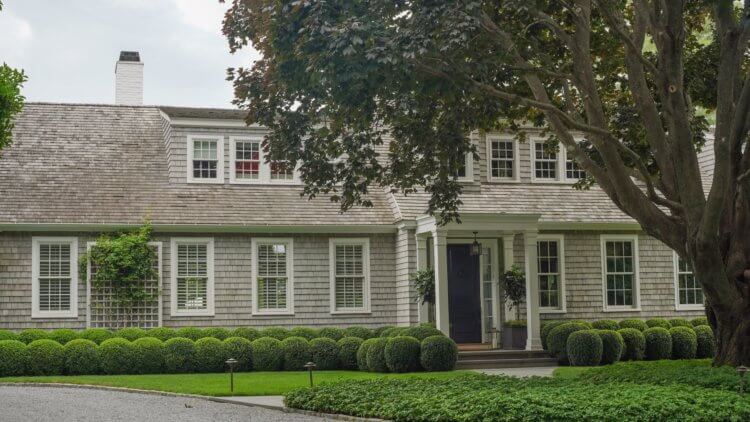
The “Cape Cobb” house in Water Mill, located off of Cobb Road, is included as an example of the Cape Cod style, brought to New England by English colonists in the 17th century. “In this expanded version, the basic elements are there but the owners have not made themselves prisoners of the era’s sober colonial ethos,” the tour information says. “For a recent redecoration, they have kept to a traditional style but given it a more light-hearted, whimsical flair. A covered back terrace overlooks a deep east-facing lawn with an American flag flying high.”
Also located in Water Mill is the next home, a Tuscan-style villa built in the 1920s. “Vintage Village” is set on two-and-a-half acres on Burnett Creek, affording breathtaking views. Formal gardens and stepped terraces lead out towards the water, while garden paths show the way to distinct garden spaces, including a separate gated swimming pool garden, according to the description.
“While the high-spirited era of its origins has not been lost, subsequent owners have put their stamp on the estate, bringing it up to date in all the practical ways,” the description says. “Its current owners have made it theirs, revamping the landscape and redecorating the interior, which features a spacious living room, sunroom, modern kitchen, library and dining room.”
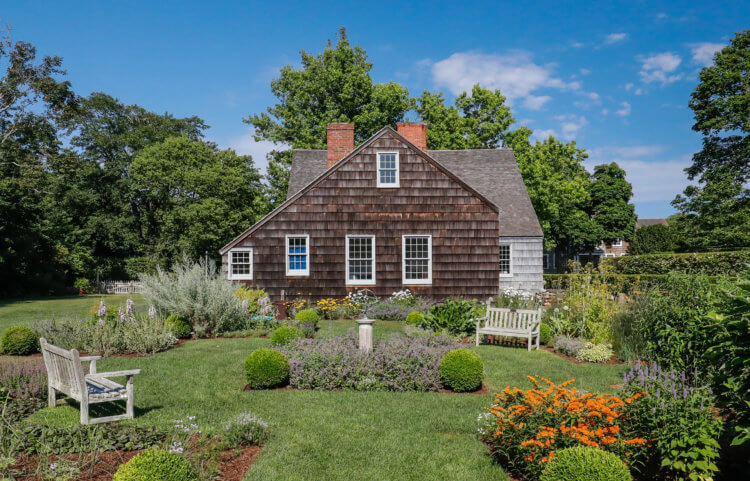
Back in Southampton Village, the Halsey House & Garden, the home lot of Thomas Halsey Sr., one of Southampton’s founders. The house originally faced south, but sometime between 1720 and 1740 Thomas Halsey Jr.’s son, Isaac, revolved the frame to face Main Street during an extensive remodeling project. In 1958, the Southampton Colonial Society, now the Southampton History Museum, purchased the Halsey House and restored it.
The famed St. Andrew’s Dune Church, a Southampton landmark on the ocean dunes just south of Lake Agawam, completes the tour. Originally built as a life-saving station in 1851, the iconic red building was acquired by five of Southampton’s founding families and donated as a church in 1879. A local carpenter created the rustic interior, which features 11 Tiffany windows.
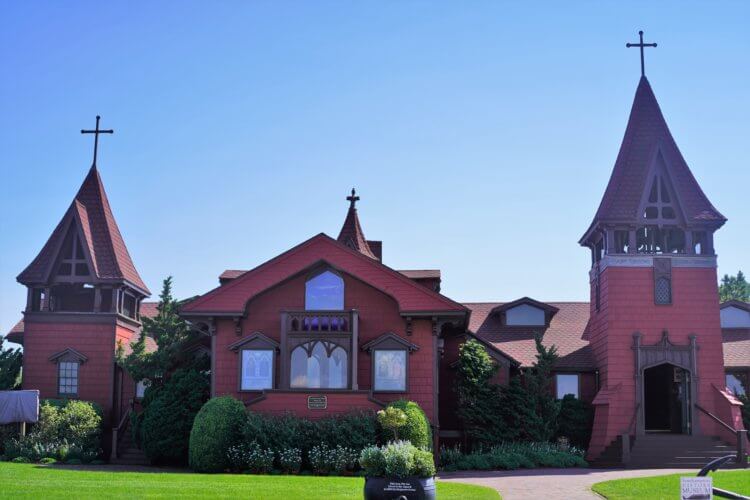
Though it was nearly destroyed by the 1938 Hurricane, it has been restored and has twice been moved back from the sea. Now a non-denominational church, summer services are still held there with 2022 marking the 144th year of continuous worship.
Ticket Info
Exact addresses will be given with the tickets. Admission is $150 per person in advance and $175 on the day of the tour. Tickets can be purchased on southamptonhistory.org/iv or by calling 631 283-2494. Tickets can be picked up at the Rogers Mansion between 11 a.m. and 3:30 p.m. on September 10.
The tour will be held from 1 to 4 p.m., followed by the champagne reception at the Rogers Mansion at 17 Meeting House Lane from 4:30 to 6 p.m.
Email tvecsey@danspapers.com with further comments, questions or tips. Follow Behind The Hedges on Twitter, Instagram and Facebook.



